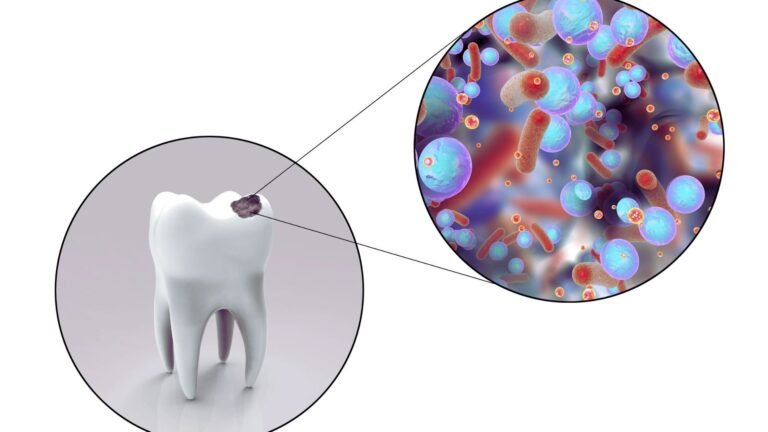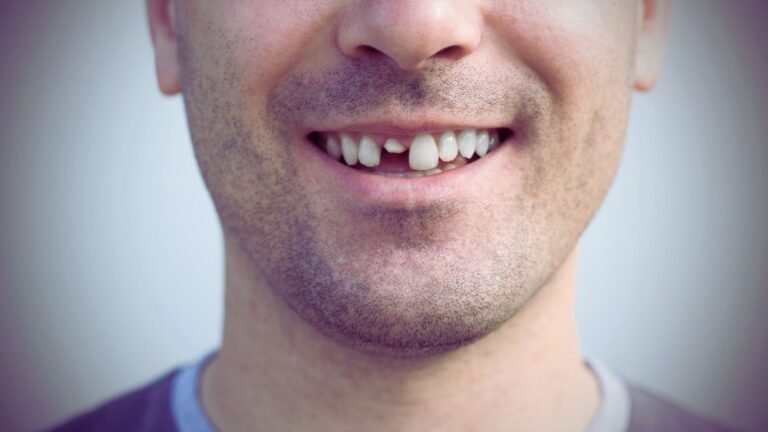How to Get Dental Floss Out of Your Teeth: Quick and Easy Tips
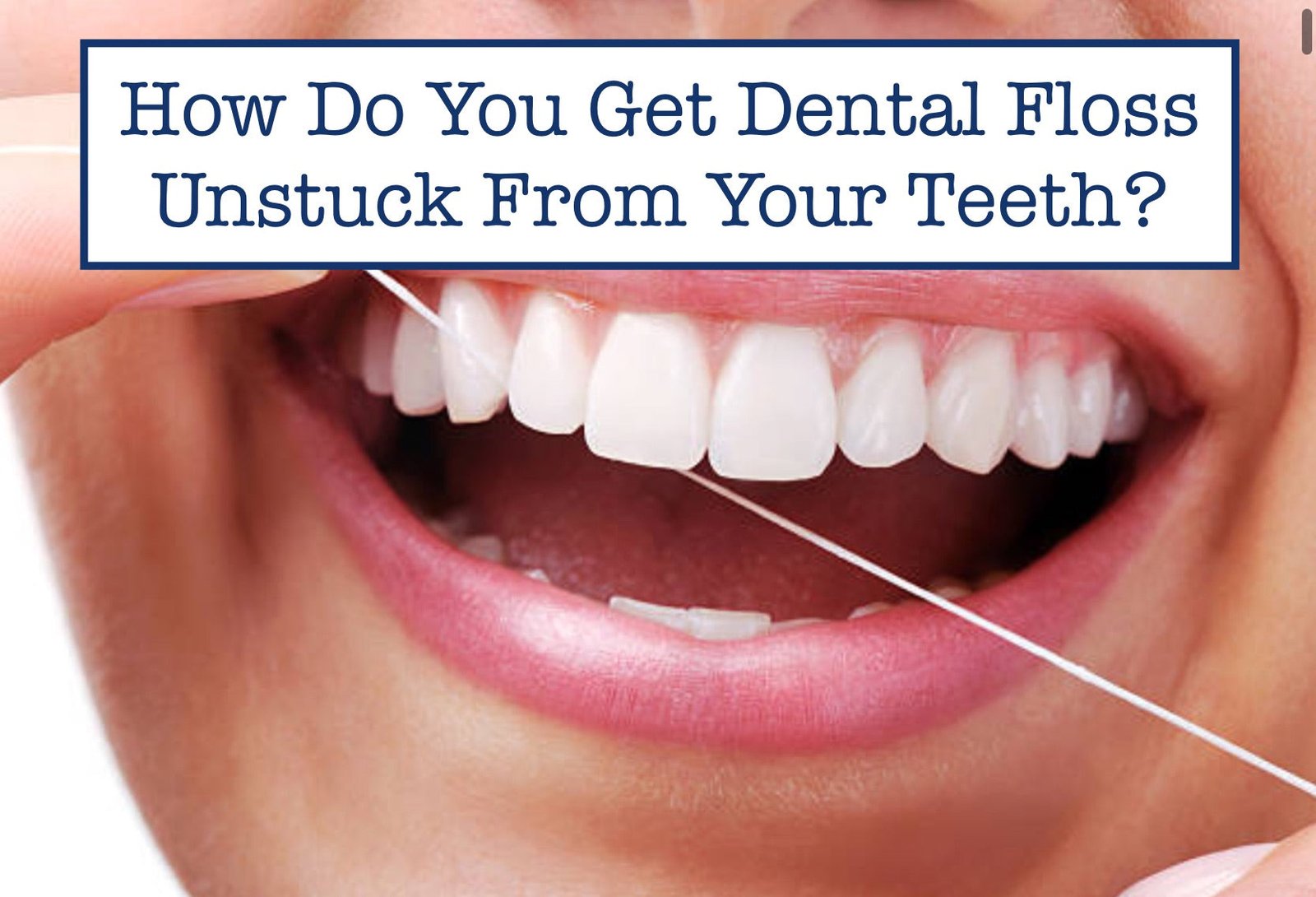
To get dental floss out of your teeth, gently wiggle it back and forth. Avoid pulling forcefully to prevent damage.
Dental floss can sometimes get stuck between teeth, causing discomfort. Proper technique is crucial for safely removing it. Using gentle, controlled movements can help dislodge the floss without harming your gums or teeth. It’s essential to remain calm and patient to avoid any potential damage.
If the floss remains stuck, using a new piece or trying a floss pick may help. In rare cases where floss is firmly lodged, consulting a dentist ensures safe removal. Regular flossing with the correct method prevents such issues, promoting better oral hygiene.
Common Causes Of Stuck Dental Floss
Getting dental floss stuck between your teeth can be annoying. Understanding the common causes can help you avoid this situation. Let’s look at two main reasons: tight spaces between teeth and flossing techniques.
Tight Spaces Between Teeth

Some people have tight spaces between their teeth. This makes it hard for floss to pass through smoothly. These tight spaces can trap the floss, causing it to get stuck.
Other factors such as crowding or overlapping teeth also contribute. If your teeth are closely packed, floss can catch on rough edges. This can make it hard to remove the floss without breaking it.
Using a thinner or waxed floss can help in such cases. These types of floss glide better between tight spaces. They are less likely to get stuck.
Flossing Techniques
Incorrect flossing techniques can also cause floss to get stuck. Floss should be gently guided between the teeth. Avoid snapping or forcing the floss.
When flossing, use a gentle sawing motion. Wrap the floss around each tooth in a “C” shape. This helps clean the sides of the teeth and reduces the risk of getting stuck.
Proper technique is important. It ensures effective cleaning and prevents floss from snagging.
Understanding these common causes can help you floss more effectively. It also reduces the chances of dealing with stuck dental floss.
Preventing Floss From Getting Stuck
Getting dental floss stuck between your teeth can be frustrating. To avoid this, you need to know how to choose the right floss and use it properly. Follow these tips to make flossing a smooth experience.
Choosing The Right Floss
Choosing the right type of floss is essential. There are several types of floss available. Some of these are waxed, unwaxed, and tape floss. Each type has its own benefits.
Waxed floss slides easily between tight spaces. Unwaxed floss is thinner and better for wider gaps. Tape floss is broader and less likely to shred.
Selecting the correct floss can prevent it from getting stuck. Look for floss that suits your teeth spacing.
Proper Flossing Methods
Using the right flossing method is key. First, break off about 18 inches of floss. Wind it around your middle fingers.
Hold the floss tightly between your thumbs and forefingers. Guide the floss between your teeth using a gentle sawing motion. Avoid snapping the floss into your gums.
Once the floss reaches the gum line, curve it into a C shape. Slide it up and down along the side of each tooth. Use a fresh section of floss for each tooth.
Proper flossing techniques help in avoiding the floss from getting stuck. Be gentle but thorough for best results.
Immediate Solutions
Getting dental floss stuck between your teeth can be frustrating. Fortunately, there are immediate solutions to resolve this issue quickly. Follow these easy steps to safely remove dental floss from your teeth.
Gentle Tugging

Sometimes, a gentle tug can dislodge the stuck floss. Hold the floss firmly with both hands. Use a slow, steady motion to pull it out. Avoid yanking or pulling too hard, as this can hurt your gums.
Rinsing With Warm Water
Rinsing with warm water can help loosen the floss. Fill a cup with warm water. Swish the water around your mouth for 30 seconds. This can soften the floss and make it easier to remove.
Repeat the rinsing process if the floss remains stuck. Warm water can also help soothe any irritation caused by stuck floss.
| Method | Steps |
|---|---|
| Gentle Tugging |
|
| Rinsing with Warm Water |
|
Remember, these immediate solutions are safe and effective. They can help you quickly remove dental floss stuck between your teeth.

Credit: bweisshealth.com
Using Tools For Assistance
Sometimes, dental floss can get stuck between your teeth. This can be uncomfortable and frustrating. Using tools for assistance can make the process easier and safer. There are various tools available that can help dislodge dental floss. Below, we discuss two effective tools: dental picks and interdental brushes.
Dental Picks
Dental picks are small tools designed to remove debris. They are effective in getting dental floss out of your teeth. Here is how you can use them:
- Choose a dental pick that is clean and safe.
- Gently insert the pick between your teeth.
- Move the pick back and forth to loosen the floss.
- Be careful not to hurt your gums.
Dental picks can come in different materials like plastic or metal. They are easy to carry and use. Always keep one in your dental hygiene kit.
Interdental Brushes
Interdental brushes are small brushes designed to clean between teeth. They can also help remove stuck dental floss. Here’s how to use them:
- Select the right size of interdental brush.
- Insert the brush gently between your teeth.
- Move the brush in and out to dislodge the floss.
- Use a gentle motion to avoid hurting your gums.
Interdental brushes come in various sizes. Choose one that fits comfortably between your teeth. They are reusable and easy to clean. They are great for maintaining good oral hygiene.
| Tool | Material | How to Use | Benefits |
|---|---|---|---|
| Dental Pick | Plastic or Metal | Insert and move back and forth | Easy to carry, effective |
| Interdental Brush | Plastic with bristles | Insert and move in and out | Reusable, fits various sizes |
When To Seek Professional Help
Getting dental floss stuck in your teeth can be very annoying. Sometimes, you can’t get it out by yourself. In these cases, you should seek professional help. This section will tell you when to visit a dentist.
Persistent Floss Stuck
If dental floss remains stuck for more than a day, visit a dentist. Persistent floss can cause serious problems. It may lead to gum infection or tooth decay. Dentists have special tools to safely remove the stuck floss. They can ensure no damage is done to your teeth or gums.
Signs Of Gum Damage
Check your gums for signs of damage. These signs include:
If you notice any of these signs, see a dentist immediately. Damaged gums can lead to infections. Quick action will prevent further issues.
| Signs | Action |
|---|---|
| Bleeding | Visit a dentist |
| Swelling | Seek professional help |
| Redness | Consult a dentist |
| Pain | Get dental advice |
Keep your gums healthy by seeking help for any of these signs. Dentists can provide proper treatment and prevent complications.
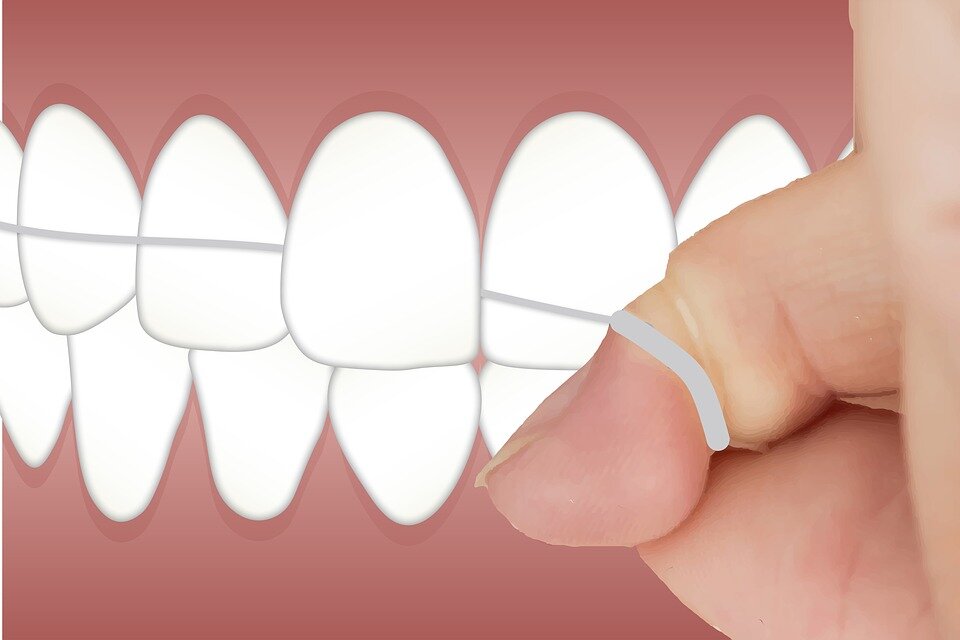
Credit: valleycreekdentalcare.com
Maintaining Oral Hygiene
Keeping your mouth clean is very important. It helps you avoid cavities and gum disease. One key part is removing dental floss safely.
Regular Flossing Routine
Flossing every day removes food stuck between teeth. This prevents plaque buildup. Use about 18 inches of dental floss. Wrap most of it around your middle fingers.
Hold the floss tightly and gently insert it between your teeth. Move it up and down against the tooth. Avoid snapping the floss. This can hurt your gums.
If the floss gets stuck, do not panic. Gently wiggle it to free it. If it breaks, use a new piece to remove the stuck part.
Professional Dental Cleanings
Regular visits to the dentist are essential. Dentists clean areas you cannot reach. They remove tartar and check for problems. This keeps your mouth healthy.
During cleanings, tell your dentist if floss gets stuck often. They can check for tight spaces or rough spots. They might suggest different floss types. They may also teach you better flossing techniques.
| Floss Type | Best For |
|---|---|
| Waxed Floss | Tight teeth |
| Unwaxed Floss | Wider gaps |
| Dental Tape | Sensitive gums |
Using the right floss helps avoid problems. It makes flossing easier and more effective.
Remember, oral hygiene is not just about flossing. Brushing twice a day and using mouthwash also help. Together, they keep your teeth and gums healthy.
Alternative Flossing Products
Struggling to get dental floss out of your teeth can be frustrating. Luckily, there are alternative flossing products that make flossing easier and more effective. These products can help you maintain good oral hygiene without the hassle of traditional floss.
Water Flossers
Water flossers use a stream of water to clean between your teeth. They are easy to use and very effective. Simply aim the water stream at the spaces between your teeth. The water removes food particles and plaque.
Water flossers are great for people with braces. They are also beneficial for people with sensitive gums. Water flossers are gentle and don’t cause gum irritation.
Here are some benefits of water flossers:
- Easy to use
- Gentle on gums
- Effective in removing plaque
- Great for people with braces
Flossing Sticks
Flossing sticks are another excellent alternative. They are small plastic tools with a piece of floss between two prongs. Flossing sticks are very convenient and easy to use. You can carry them anywhere.
Flossing sticks are perfect for quick flossing. Use them after meals to remove food particles. They are also great for kids. The handle makes it easier for them to floss.
Benefits of flossing sticks include:
- Convenient and portable
- Easy to use
- Great for kids
- Effective in removing food particles
Long-term Dental Health Tips
Maintaining long-term dental health is essential for a bright smile. Follow these tips to ensure your teeth stay healthy and strong.
Healthy Diet
A healthy diet plays a crucial role in dental health. Eat foods rich in vitamins and minerals. These nutrients keep your teeth and gums strong.
Here is a list of beneficial foods:
- Leafy greens like spinach and kale
- Dairy products like milk and cheese
- Nuts and seeds
- Fruits like apples and oranges
- Vegetables like carrots and celery
Stay away from sugary snacks and drinks. Sugar leads to tooth decay. Drink plenty of water to keep your mouth clean.
Regular Dental Check-ups
Visit the dentist regularly. Dental check-ups catch problems early. The dentist cleans your teeth and checks for cavities.
Follow this schedule for dental visits:
| Age | Frequency |
|---|---|
| Children | Every 6 months |
| Adults | Every 6 months |
| Seniors | Every 6 months |
Brush and floss daily. This prevents plaque buildup. Use fluoride toothpaste for extra protection.
Don’t ignore small dental issues. Early treatment avoids bigger problems later.
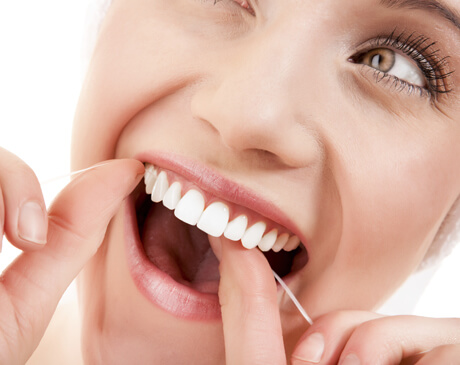
Credit: www.hovedentalclinic.co.uk
Frequently Asked Questions
What To Do If Dental Floss Gets Stuck In Your Teeth?
Gently wiggle the floss back and forth to loosen it. Use a new piece of floss or a dental pick. Avoid forcing it. If still stuck, rinse with warm water. See your dentist if the issue persists.
How To Get Floss Between Tight Teeth?
Use waxed floss or dental tape. Gently slide it between teeth using a back-and-forth motion. Avoid snapping.
How Do You Remove Teeth With Dental Floss?
Do not use dental floss to remove teeth. Consult a dentist for safe tooth extraction. Floss is for cleaning only.
How Do You Get Something Unstuck From Your Teeth Without Flossing?
Use a toothpick to gently dislodge the item. Rinse with water to help loosen it further. Chew sugarless gum to displace the debris. Eating crunchy vegetables like carrots can also help remove stuck particles.
Conclusion
Removing dental floss from your teeth can be easy with the right techniques. Use gentle motions and avoid forcing it. Remember to floss regularly to prevent issues. Proper dental care ensures healthy teeth and gums. Always consult your dentist for persistent problems.
Keep your smile bright and healthy with these simple tips.

